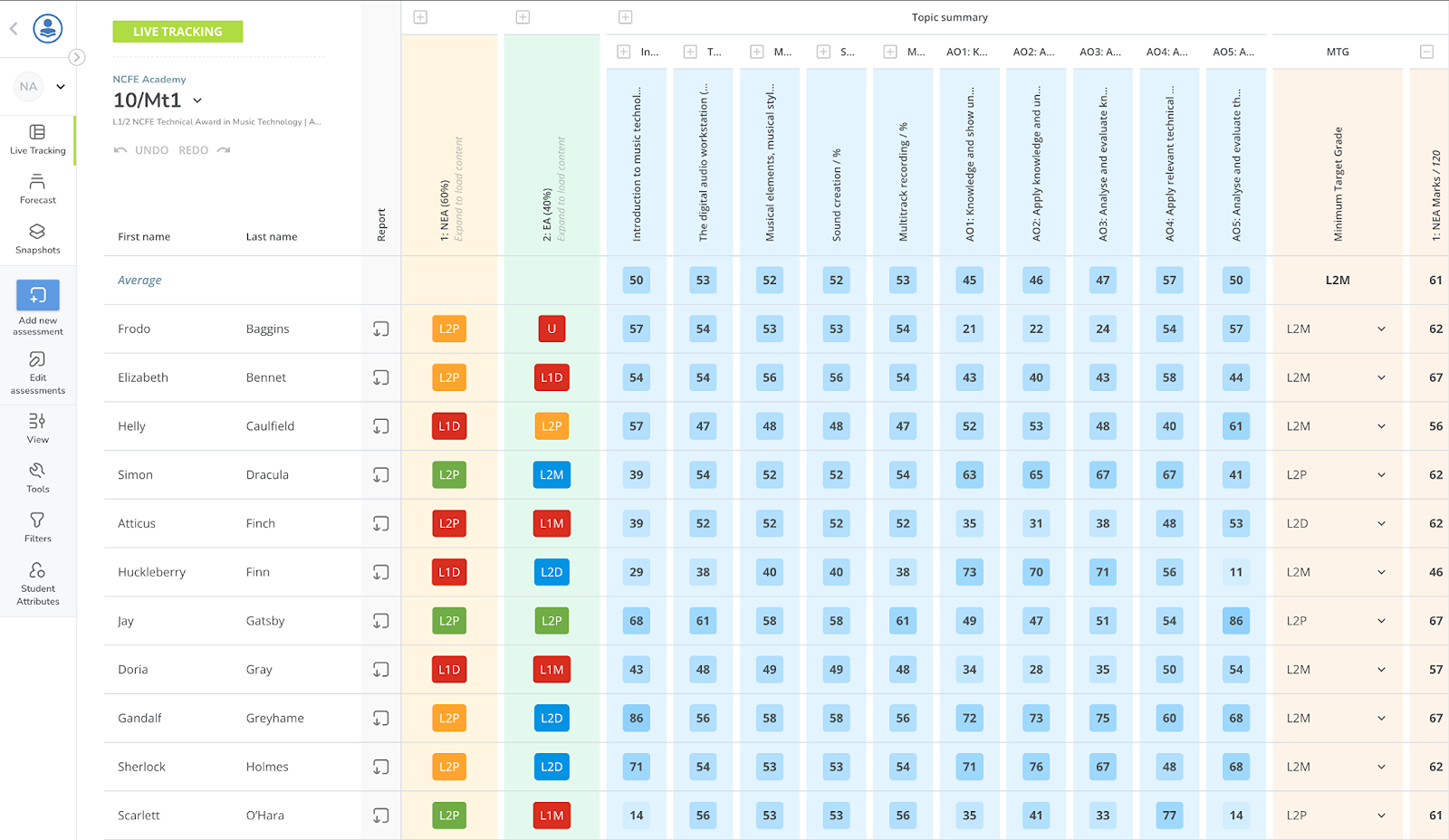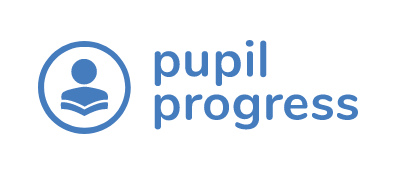How to Support Students in the First Week Back to School

The first week back after a holiday is always a bit of a whirlwind. The alarm clocks feel louder, the coffee needs to be stronger, and the students - well, they’re somewhere between excited, exhausted, and completely baffled about how school has started again already. For school leaders and teachers, it’s all about resetting routines and re-engaging students as quickly and smoothly as possible.
Let’s face it - routines take a hit over the holidays. Sleep schedules go off track, and the structured learning environment of school feels like a distant memory. The first few days are about re-establishing expectations, but they’re also an opportunity to observe where students are mentally and academically. This is where your existing attainment data becomes invaluable, to inform where you might focus your first lessons back. Using the first lesson or two back to revisit a topic or skill from before the holiday is a great way to reactivate students’ longer-term memory and engage retrieval skills. It is also a great way to close gaps, build confidence and give your students a motivating start. If you have set home learning or ran intervention sessions during the holiday, it is also a great opportunity to showcase the positive impact it has had.
Making Data-Driven Teaching Work for You
Attainment data isn’t just about tracking progress over time - it’s about using insights to make better decisions in the present. In the first week, consider:
Adapting teaching plans – If data shows that certain topics were a struggle before the holiday, teachers can adjust their plans to reinforce key concepts before moving ahead.
Spotting gaps early – Identify students who may have regressed or might need a confidence boost, so intervention can start in the classroom sooner rather than later.
Balancing expectations – Avoid overloading students with immediate high-stakes assessments; instead, use informal retrieval activities to gauge understanding in a low-pressure way.
Using your Formal Assessment to Inform Planning
What topics or skills were strengths can you recheck with short assessment for learning activities? Retrieval practice of the strengths will help give your students confidence and help them warm back up whilst giving you an idea of whether those ideas have really stuck. The skills summary in Pupil Progress gives a overview of these curriculum strengths and areas for development based on your formal assessments.

Which parts of the curriculum were weak across the groups or with large groups of students? Providing some more structured learning activities or learning ladders for these areas will help students to build confidence again. Being transparent with your students by sharing class averages will justify why you are revisiting this area and will show them how well informed you are, giving confidence and motivation. It will also show them that you are all in it together when it comes to closing gaps. Many of our schools at Pupil Progress use the class and cohort averages for this.

Focusing on Specific Students
Before the holidays, you may have sat formal assessments. When analysing, you can make a note of;
Who was on an upward trajectory that you want to keep encouraging?
Who may have become a cause for concern and needs a change in the classroom?
Which groups of students are struggling with the same skills or topics?
Which students may be part of a wider school focus, e.g. underperforming Pupil Premium Boys.
By rechecking your analysis, you can use this to inform specific strategies with those students, for example, who needs to be moved or grouped on your seating plan. Tagging students into focus groups or targeted intervention groups will help you keep track of this.
Again, transparency based on their attainment data gives a really strong, motivating case of why you are making changes; let’s work together to help you make progress. A recent study showed how teachers and leaders are using detailed Pupil Progress student reports to have data-driven conversations with students to help them spot their own weak areas and has been evidenced to improve their engagement.
Getting the Balance Right
The first week back is about more than just survival - it’s a chance to set the tone for a successful term ahead. By blending re-established routines with smart use of attainment data, schools can ensure that students are not only back in their seats but back on track. And remember, by Friday, everyone will feel like they were never away at all - just in time for the next school break to creep up!
How does your school approach the first week back? Let us know your best strategies for teaching and learning!

- Barnaby Grimble
Co-Founder and Chief Product Officer at Pupil Progress

Comments